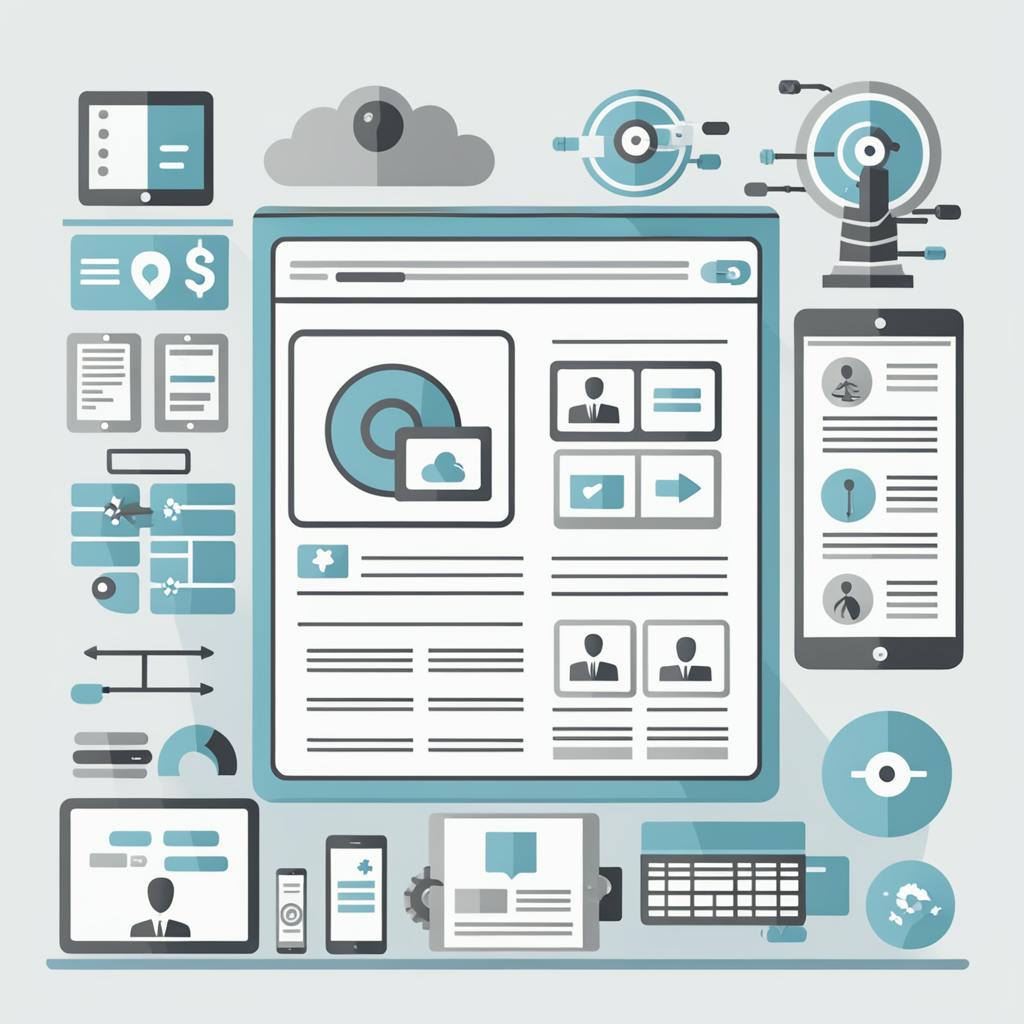The Digital Transformation of Design
With the rise of digital transformation sweeping across industries, design professionals are continuously embarking on an endless journey of growth and adaptation. The saturation of the digital market and the demand for cutting-edge aesthetics have pushed designers, whether freelance or in-house, to continually sharpen their skills and expand their toolset. Visual elements are no longer static components; they now hold commanding power in shaping brand reputation, user experience and ultimately, consumer engagement. Amid this hurricane of digital evolution, websites for designing have emerged as indispensable tools in the arsenal of modern designers.
Central to this discussion is the premise that not only do these design-oriented websites offer innovative and interactive platforms for conceptualizing and creating original designs, but they also provide a front-row seat to the world of evolving design trends and emerging technological advancements, such as AI and Machine Learning. By utilizing these websites, design professionals can foster dynamic communication, streamline their design process and consistently deliver top-tier results.
Leading Platforms for Design Professionals
Among the plethora of online resources, numerous cutting-edge websites stand at the forefront, offering design professionals an invaluable podium to develop their skills further. These websites cater to various design aspects; graphic design, web design, UX/UI design and more. They provide an array of detailed educational content, industry-related news, expert-led tutorials, and interactive tools, allowing designers to stay at the cutting edge of design innovation. Some of these sites include Behance, Dribbble, Canvaand Adobe's suite of online tools, each of which offers a unique blend of resources and tools to level-up design skills and creations.

AI made with Dean Jones
Additionally, for those heavily involved in graphic design, there are multiple specialized websites that offer bespoke tools to enhance their specific craft. These sites provide vital resources such as vector graphics, unique fonts, high-quality stock imagesand even AI-powered design aids. The appropriate use of these resources can drastically elevate the aesthetic appeal and professional quality of the designer’s work, creating visually striking and memorable pieces.
Streamlining the Design Process
These design websites are not all about learning and developing design skills. They also offer a vast selection of online design software and tools that make the entire design process efficient, intuitiveand collaborative. These tools cater to every stage of the designing process, from brainstorming to designing and finally, to delivering the final output. They allow designers to carry their brainstorming sessions visually, create wireframes and mockups, collaborate with team members in real-time and collect feedback seamlessly. Also, some website design tools even integrate directly with code editors, simplifying the transition from design to development.
In particular, the advent of AI and machine learning has brought about level-up changes in the design process. These technological advancements have resulted in design tools that can optimize the design process, predict user behavior and even automate certain repetitive tasks. For example, AI-enabled design software can generate sophisticated design elements based on user input, significantly reducing the time and effort involved in creating intricate designs. This is just one of many benefits of AI and machine learning for businesses.
As we wrap up, it's clear that websites designed for professionals in the design industry are transformative tools that open up an entirely innovative playground for refining skills, enhancing creativity and delivering exceptional work. From the rich educational content and interactive design platforms to AI-powered tools, these cutting-edge websites foster a creative environment that allows designers to stay ahead of the curve, ultimately benefiting their clients and workplace.

AI made with Dean Jones
In summary, for design professionals, this digital age, saturated with creatively charged tools, presents not a challenge, but a thrilling opportunity; an opportunity to evolve their craft and communicate brand stories with unmatched aesthetic precision. These websites for designing are not mere tools, but conduits of artistic expression, bursting with endless potential. They are the storytellers' canvas in a world increasingly relying on visual language.
Key points discussed in the article:
- Websites for designing are crucial tools for modern design professionals, offering platforms for skill development and creating original designs.
- These websites provide access to evolving design trends and emerging technologies like AI and machine learning.
- Some of these cutting-edge websites include Behance, Dribbble, Canva and the Adobe suite, offering various resources for different aspects of design.
- There are also many specialized websites for graphic design, providing resources like unique fonts, high-quality stock images and AI-powered design aids.
- Besides learning and designing, they also offer online design software and tools that streamline the design process and foster collaboration.
- AI and machine learning have brought significant advancements in the design process, offering numerous benefits for businesses.
- These websites are more than just tools - they are a creative playground for designers, allowing them to stay on top of industry trends and deliver exceptional designs.

